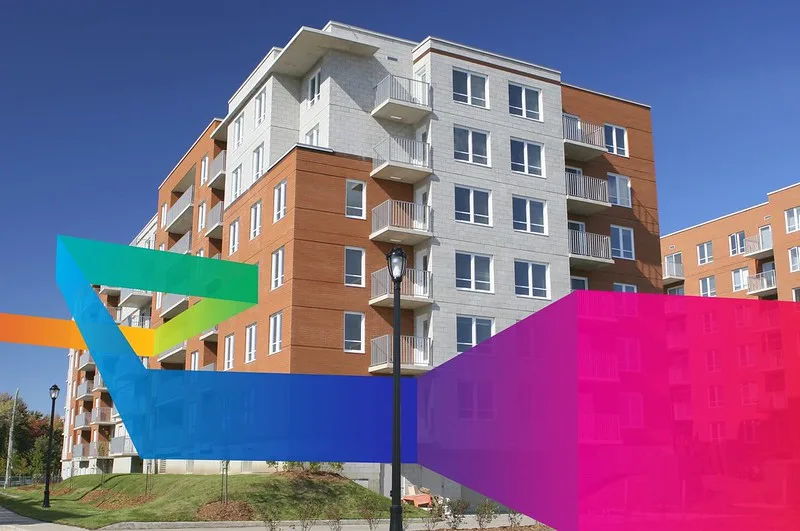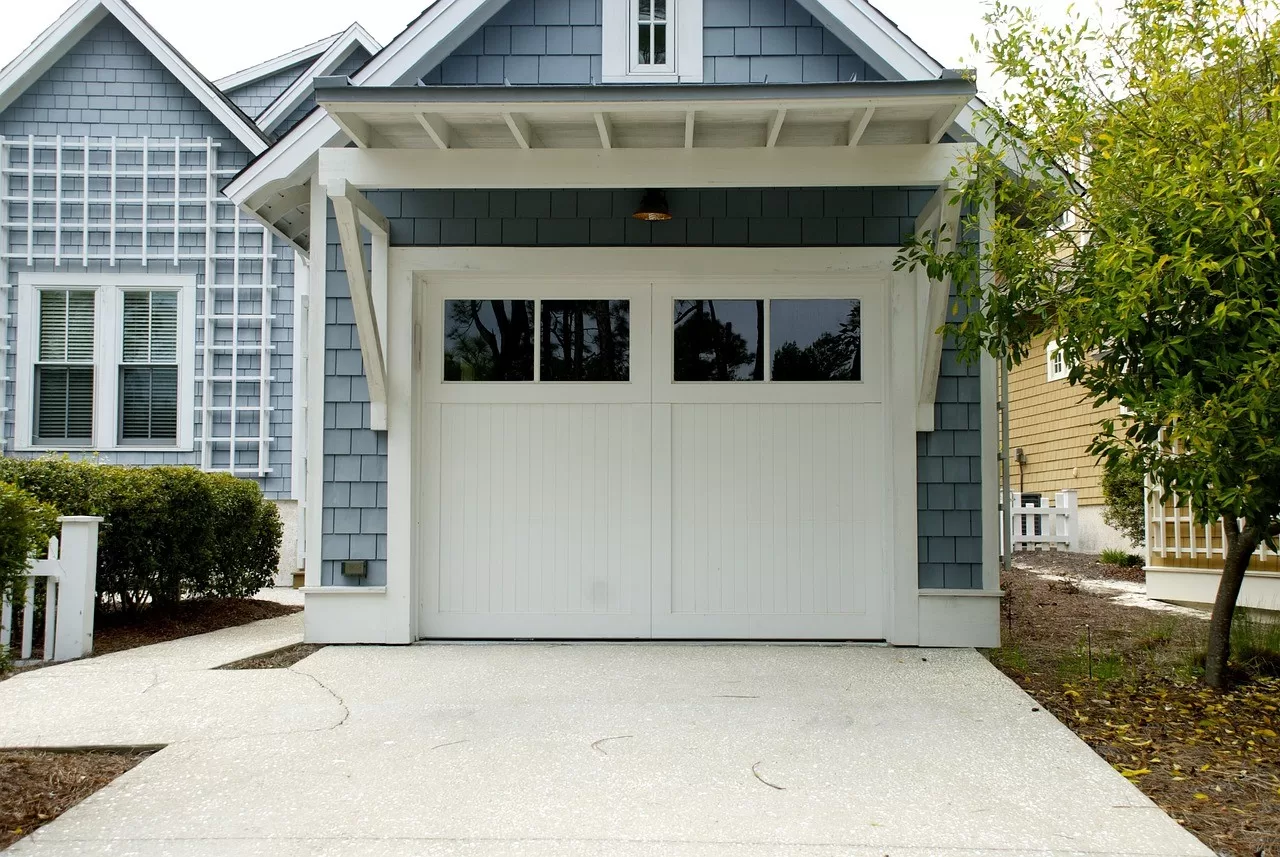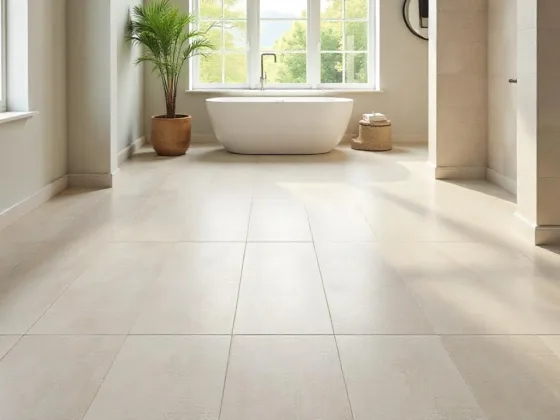In today’s rapidly evolving cybersecurity landscape, organizations are increasingly facing the challenge of securing their data and infrastructure across complex, multi-tenant environments.

This article will explore the strategies and best practices for deploying comprehensive SIEM (Security Information and Event Management) systems within these dynamic architectures, specifically focusing on multi-tenant SIEM solutions.
By delving into the benefits, challenges, and implementation techniques, we aim to provide readers with a comprehensive understanding of how to effectively implement SIEM solutions in multi-tenant settings, empowering organizations to enhance their overall cybersecurity posture.
The successful implementation of SIEM systems in multi-tenant architectures is crucial for organizations that need to maintain robust security monitoring and ensure compliance with industry regulations.
This article will guide you through the essential elements of this process, from understanding the core concepts to navigating the unique complexities inherent in multi-tenant environments.
Understanding SIEM Systems and Multi-Tenant Architectures
To effectively implement Security Information and Event Management (SIEM) systems in multi-tenant environments, it’s essential to understand the core concepts and benefits of this technology.
A SIEM system is a security solution that collects, analyzes, and correlates security-related data from various sources within an organization’s IT infrastructure. These systems play a crucial role in security monitoring, threat detection, and compliance adherence.
What is a SIEM System?
A SIEM system is a centralized platform that aggregates and analyzes security-related data from multiple systems, devices, and applications. It is designed to provide organizations with a comprehensive view of their security posture, enabling them to detect, investigate, and respond to security incidents in a timely manner.
SIEM systems typically include features such as real-time monitoring, event correlation, threat intelligence, and reporting, which help security teams enhance their overall cybersecurity posture.
Exploring Multi-Tenant Architectures
Multi-tenant architectures refer to a software design approach where multiple clients or tenants share the same infrastructure, including hardware, software, and data resources. In a multi-tenant environment, each tenant’s data and applications are logically isolated from one another, ensuring privacy and security.
This architectural model is widely adopted in cloud-based services, software-as-a-service (SaaS) platforms, and managed security service provider (MSSP) offerings.
Benefits of SIEM in Multi-Tenant Environments
Implementing a SIEM system in a multi-tenant architecture can offer several benefits for organizations, including:
- Centralized Security Monitoring: An SIEM system can provide a unified view of security-related events across multiple tenants, enabling security teams to monitor and respond to threats more effectively.
- Improved Compliance: SIEM solutions can help organizations maintain compliance with industry regulations and standards, such as PCI DSS, HIPAA, or GDPR, by providing comprehensive log management and reporting capabilities.
- Cost-Effectiveness: By sharing the SIEM infrastructure and resources among multiple tenants, organizations can benefit from a more cost-effective security solution, as opposed to deploying separate SIEM systems for each tenant.
- Scalability and Efficiency: SIEM systems in multi-tenant environments can scale to accommodate growing data volumes and user demands, ensuring efficient security monitoring and incident response across the shared infrastructure.
By understanding the fundamentals of SIEM systems and multi-tenant architectures, organizations can explore the potential benefits of implementing SIEM solutions in their shared infrastructure environments, ultimately strengthening their overall security posture and compliance efforts.
Challenges of Implementing SIEM in Multi-Tenant Architectures
While the benefits of implementing a Security Information and Event Management (SIEM) system in a multi-tenant architecture are substantial, organizations must also navigate a range of challenges to ensure successful deployment and effective security monitoring. Two key areas of concern are data segregation and privacy, as well as scalability and performance considerations.
Data Segregation and Privacy Concerns
One of the primary challenges in a multi-tenant environment is data segregation and ensuring the privacy of sensitive security data. SIEM systems collect and process a vast amount of information from various tenants, including potentially confidential logs, event data, and security alerts.
Maintaining strict data segregation and access controls is crucial to prevent unauthorized access or cross-contamination between tenants, addressing privacy concerns and compliance requirements.
Scalability and Performance Considerations
Implementing an SIEM solution in a multi-tenant architecture also presents scalability and performance challenges. As the number of tenants and the volume of security data increase, the SIEM system must be able to manage high data loads, ensure reliable event processing, and maintain system responsiveness across the shared infrastructure.
Failure to address these scalability and performance considerations can lead to bottlenecks, delayed incident detection, and compromised security visibility.
Implementing Effective SIEM Systems in Multi-Tenant Architectures
Deploying comprehensive Security Information and Event Management (SIEM) systems across multi-tenant architectures requires a strategic approach.
This section will provide guidance on choosing the right SIEM solution, designing a secure and efficient SIEM architecture, and implementing robust data segregation and access controls to address the unique challenges of a multi-tenant setup.
Choosing the Right SIEM Solution
When selecting an SIEM solution for a multi-tenant environment, organizations must carefully evaluate the vendor’s capabilities in supporting data isolation, role-based access controls, and scalable event processing.
The chosen SIEM solution should be able to effectively segregate and protect sensitive security data from different tenants, while also providing the necessary visibility and analytics across the shared infrastructure.
Designing a Secure and Efficient Architecture
Designing a secure SIEM architecture for a multi-tenant environment involves implementing robust security controls and ensuring efficient data processing.
This includes strategies for secure data ingestion, effective event correlation, and scalable storage solutions that can handle the high volume of security data generated across the shared infrastructure.
Implementing Data Segregation and Access Controls
Protecting the confidentiality and integrity of security data is crucial in a multi-tenant environment. Organizations must implement strong data segregation mechanisms, such as logical data partitioning and tenant-specific access policies, to ensure that sensitive information from one tenant is not accessible to others.
Additionally, granular access controls should be put in place to manage user permissions and limit access to SIEM functionalities based on the principle of least privilege.
| SIEM Solution Criteria | Importance in Multi-Tenant Architectures |
| Data Isolation | Crucial for protecting sensitive security data and ensuring privacy across tenants |
| Role-based Access Controls | Essential for managing user permissions and limiting access to SIEM functionalities based on the principle of least privilege |
| Scalable Event Processing | Necessary to handle the high volume of security data generated across the shared infrastructure |
| Secure and Efficient Architecture | Crucial for implementing robust security controls and ensuring efficient data processing in a multi-tenant environment |
Best Practices for SIEM Management in Multi-Tenant Environments
Effective management of Security Information and Event Management (SIEM) systems in multi-tenant architectures requires a comprehensive approach that addresses the unique challenges of these environments.
By adopting best practices in continuous monitoring, incident response, security audits, and automation, organizations can enhance their overall SIEM management and strengthen their cybersecurity posture.
Continuous Monitoring and Incident Response
Continuous monitoring is a crucial element in SIEM management within multi-tenant environments. Security teams must implement robust monitoring processes to swiftly detect and respond to security incidents across the shared infrastructure.
This involves establishing effective incident response procedures, and ensuring that security analysts can promptly identify, investigate, and mitigate threats that may span multiple tenants.
Regular Security Audits and Compliance Checks
Maintaining a strong security posture and adhering to regulatory requirements are essential in multi-tenant architectures. Organizations should conduct regular security audits to assess the effectiveness of their SIEM implementation, identify vulnerabilities, and ensure compliance with industry standards and regulations.
These audits should cover data segregation, access controls, event logging, and other critical security measures to protect sensitive data and maintain the trust of their tenants.
Leveraging Automation and Orchestration
To streamline SIEM management and enhance efficiency, organizations should leverage automation and orchestration capabilities. Automating repetitive tasks, such as alert triaging, incident response workflows, and reporting, can reduce the risk of human error and free up security teams to focus on more strategic security initiatives.
Additionally, orchestrating SIEM data with other security tools and platforms can provide a comprehensive, integrated view of the security posture, enabling more informed decision-making and faster incident resolution.
Conclusion
In this comprehensive article, we have explored the strategies and best practices for implementing effective SIEM (Security Information and Event Management) systems within multi-tenant architectures.
By understanding the benefits, challenges, and proven approaches, organizations can now deploy robust SIEM solutions that enhance their overall security monitoring and compliance adherence, even in complex, shared infrastructure environments.
The insights and recommendations presented in this article can serve as a valuable guide for security professionals and IT leaders seeking to optimize their SIEM implementation and strengthen their cybersecurity posture within multi-tenant architectures.
By adopting the strategies outlined, businesses can navigate the unique challenges of data segregation, scalability, and performance considerations, ultimately empowering them to enhance their overall security monitoring capabilities and ensure regulatory compliance across their shared infrastructure.
As the digital landscape continues to evolve, the need for robust SIEM systems in multi-tenant architectures has become increasingly critical.
This article has provided a comprehensive roadmap to help organizations leverage the power of SIEM technology and secure their operations, even in the most complex and dynamic cybersecurity environments.
FAQ
What is a SIEM system?
A SIEM (Security Information and Event Management) system is a software solution that combines security information management and security event management.
It collects, analyzes, and correlates security-related data from various sources within an organization to provide a centralized view of the security posture and enable real-time detection, investigation, and response to security incidents.
What is a multi-tenant architecture?
A multi-tenant architecture is a software architecture where a single instance of an application serves multiple customers, known as tenants. In this model, the application is designed to provide each tenant with a dedicated share of the functionality, data, and configuration, ensuring data isolation and security.
What are the benefits of implementing SIEM in multi-tenant environments?
Implementing SIEM in multi-tenant environments offers several benefits, including centralized security monitoring, improved compliance, cost-effectiveness, and scalability.
SIEM systems can provide a unified view of security events across multiple tenants, enabling security teams to detect and respond to threats more efficiently. Additionally, SIEM solutions can help organizations meet regulatory compliance requirements by providing comprehensive security data and audit trails.
What are the challenges of implementing SIEM in multi-tenant architectures?
The key challenges of implementing SIEM in multi-tenant architectures include data segregation and privacy concerns, as well as scalability and performance considerations.
SIEM systems handle sensitive security data from multiple tenants, so ensuring proper data isolation and access controls is crucial. Additionally, managing high volumes of security data and maintaining system responsiveness across a shared infrastructure can pose significant challenges.
How can organizations choose the right SIEM solution for multi-tenant environments?
When choosing a SIEM solution for multi-tenant environments, organizations should look for features that address the unique requirements of this architecture.
Important considerations include support for robust data segregation, role-based access controls, scalable event processing, and the ability to maintain performance and reliability across the shared infrastructure.
What are the best practices for managing SIEM systems in multi-tenant environments?
Best practices for managing SIEM systems in multi-tenant environments include continuous monitoring and incident response, regular security audits and compliance checks, and leveraging automation and orchestration.
Security teams should establish comprehensive monitoring and alert mechanisms to detect and respond to threats in real time across the multi-tenant environment.
Regular security audits and compliance reviews help maintain a strong security posture and meet regulatory requirements. Automation and orchestration can streamline SIEM management, improve efficiency, and reduce the risk of human error.









